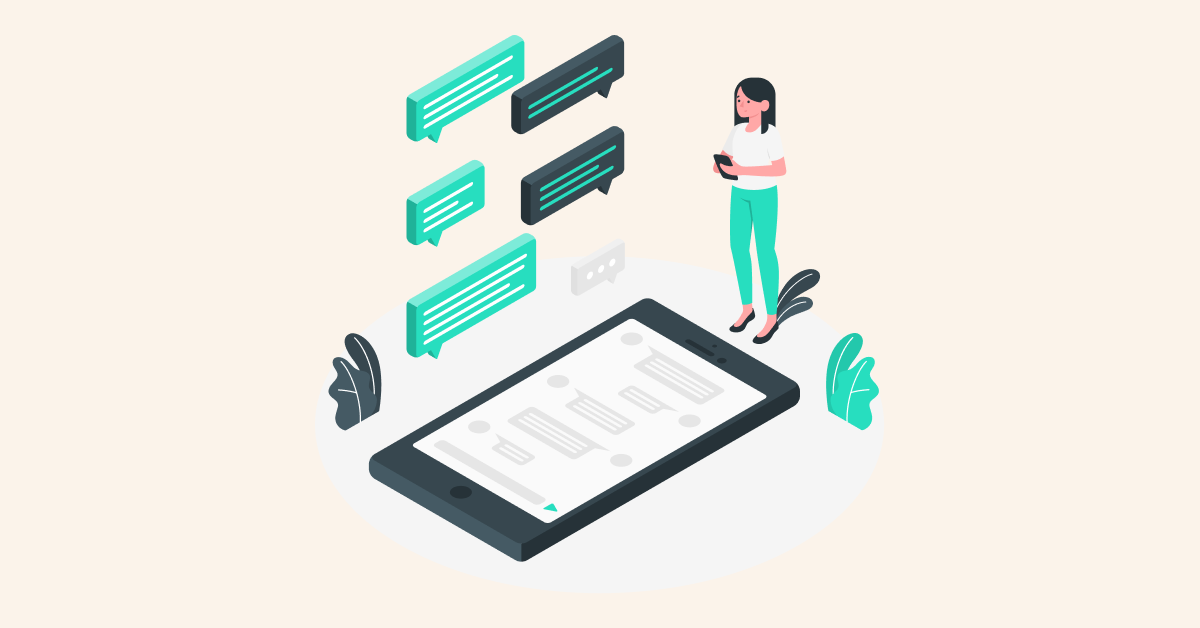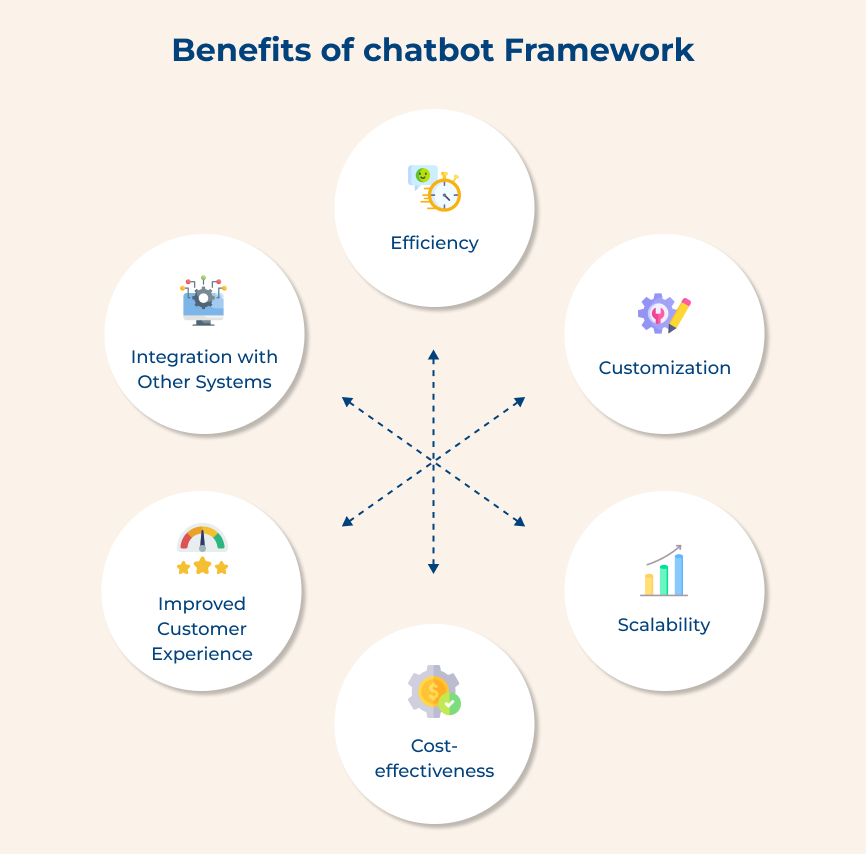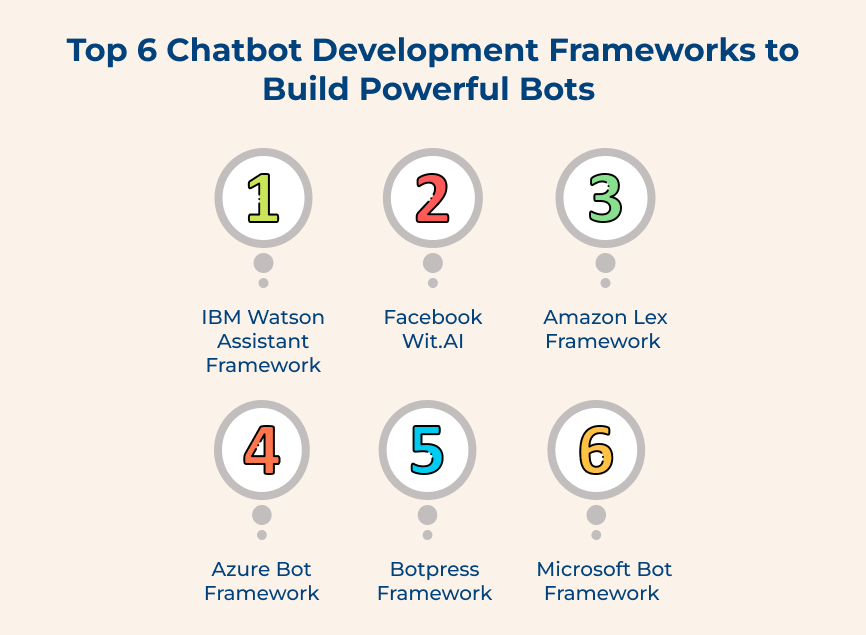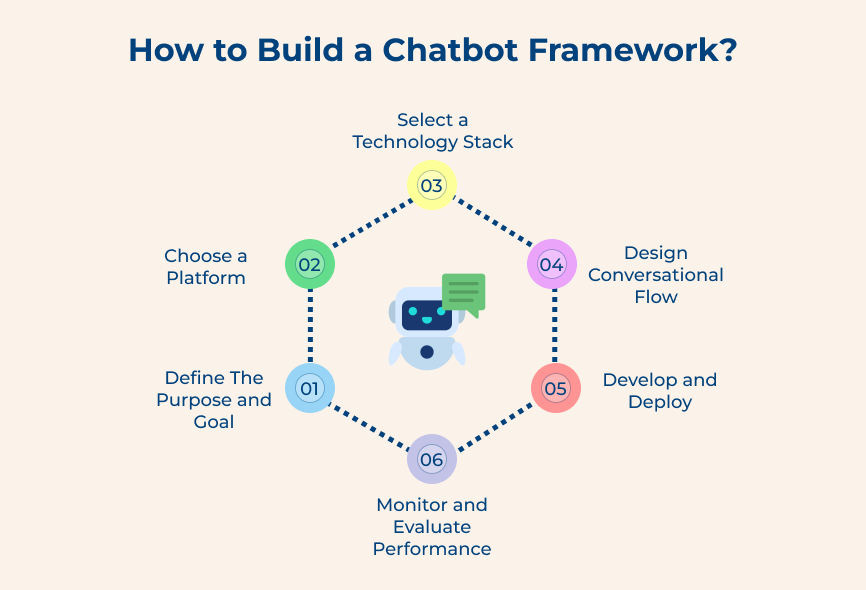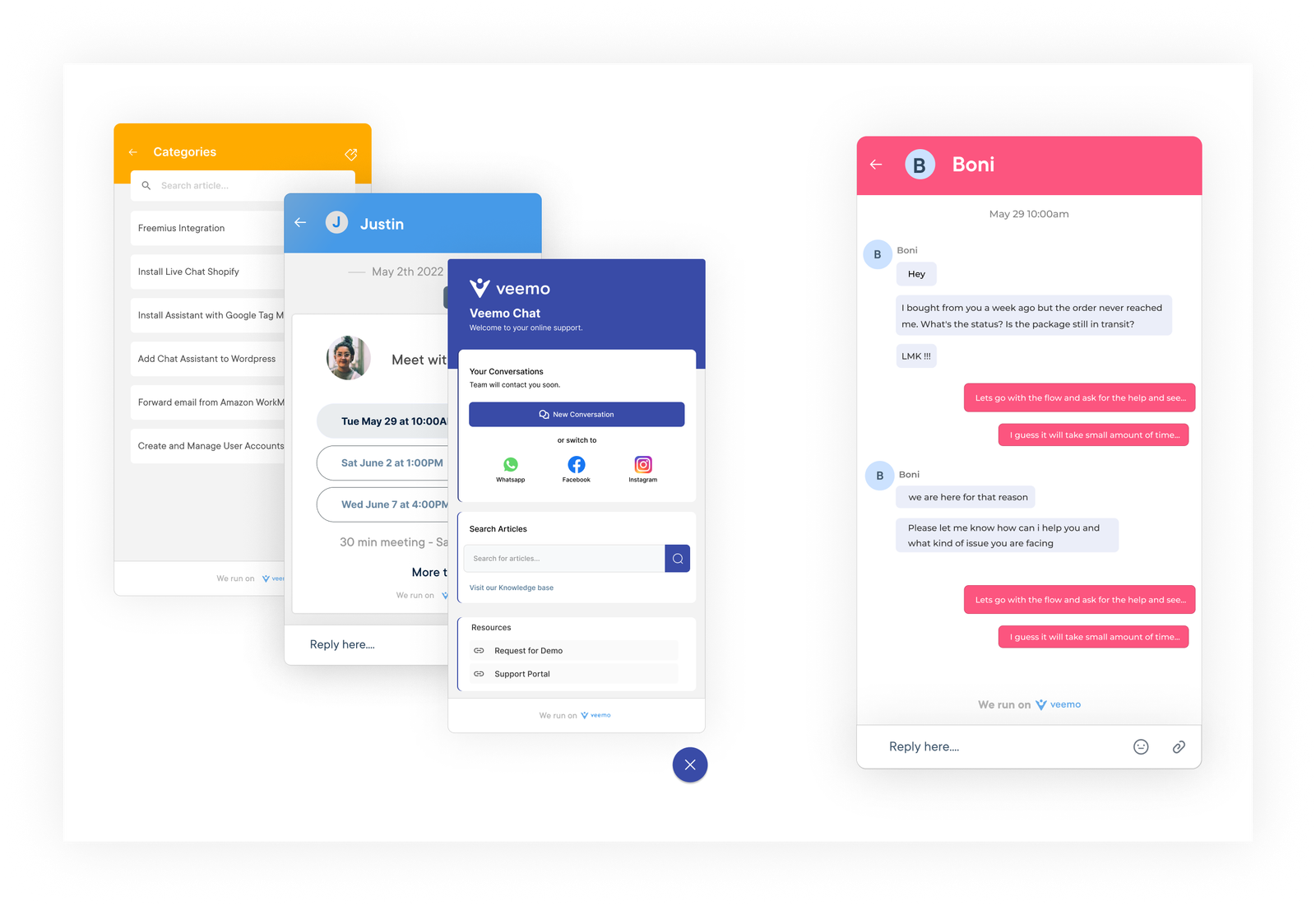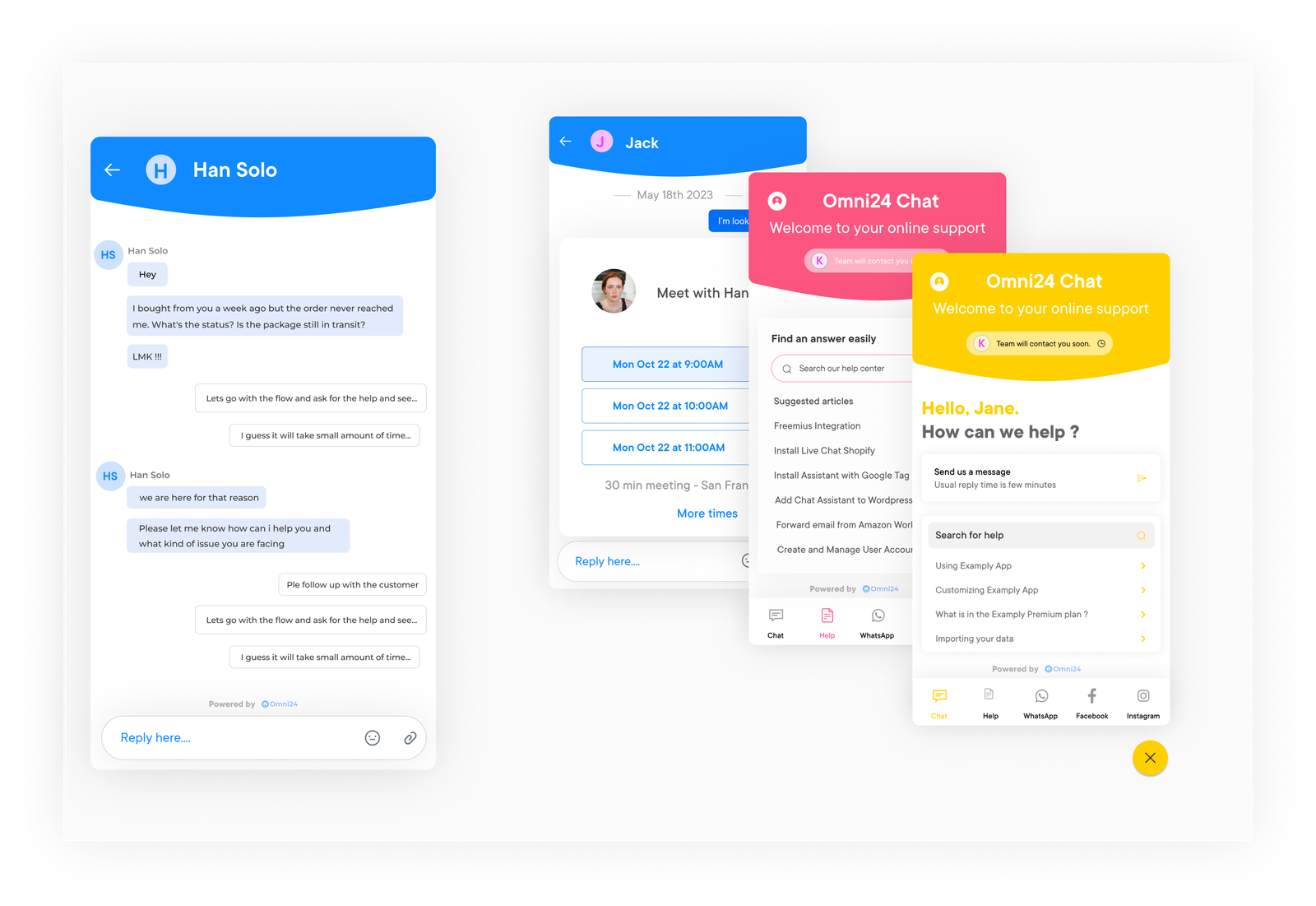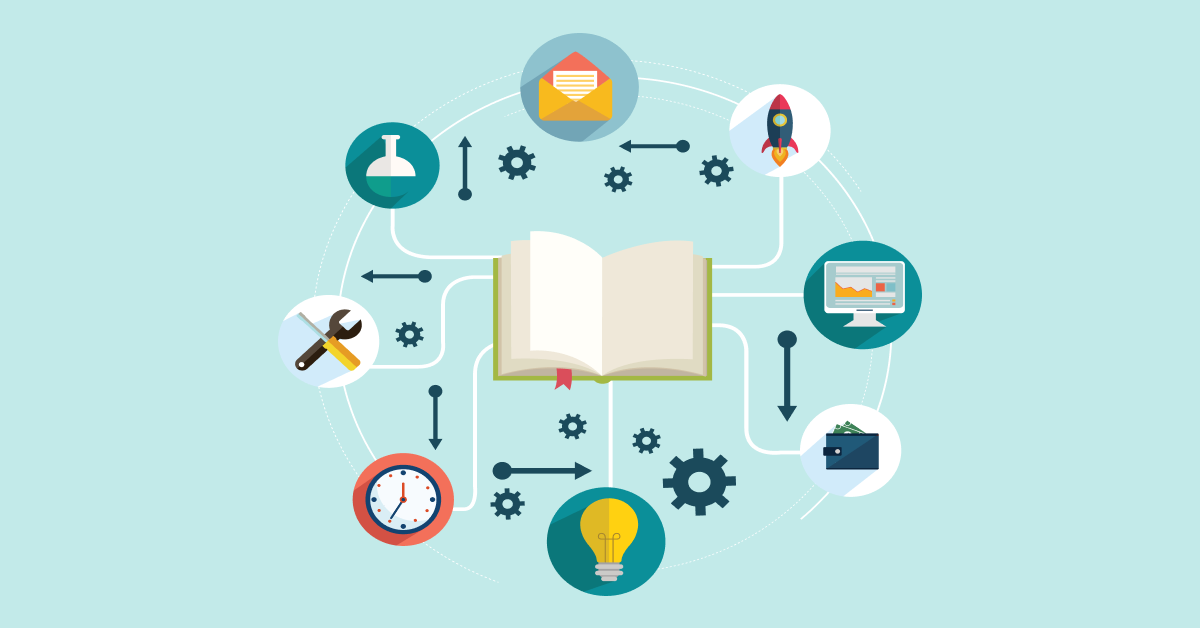Step 1: Define the Purpose and Goal
Building a chatbot framework requires careful planning and preparation. One of the most crucial steps is defining the purpose and goals of the chatbot. Initially businesses need to identify what they want the chatbot to achieve and how it aligns with their overall business objectives.
Without a clear purpose and defined goals, the chatbot may lack direction. It may end up failing to deliver the desired results. It is essential to define the purpose and goal of creating a chatbot.
To implement this step effectively:
- Start by analyzing your business needs and identifying areas where a chatbot can add value.
- Consider factors such as customer support, lead generation or simplifying complex processes.
- Understand the target customers to get an understanding of your purpose
Step 2: Choose a Platform
The choice of platform is important because it determines the features, functionality and scalability of the chatbot. There are several platforms available, ranging from simple drag-and-drop builders to sophisticated AI-powered tools. Consider factors like your desired level of customization, integration capabilities and budget before making a decision.
Carefully choosing a platform helps to lay a strong foundation for building an efficient and functional chatbot framework that enhances user experience. Take advantage of any tutorials or documentation available to optimize the understanding. Begin by creating basic chatbot flows and gradually expand its capabilities by incorporating more complex features.
Ways to implement:
- Research and compare different platforms to find the one that best aligns with the chatbot goals.
- Start with a platform that offers user-friendly interfaces and requires little to no coding knowledge.
- The approach will facilitate the creation and maintenance of your chatbot framework.
Step 3: Select a Technology Stack
One of the crucial steps in building an AI chatbot framework is selecting the right technology stack. The step involves choosing the tools, programming languages and frameworks that will be used to deploy the chatbot system. It lays the foundation for the entire chatbot project and plays a significant role in its effectiveness.
Selecting an appropriate technology stack ensures that the chatbot is built using the most suitable and powerful tools available. It allows for seamless integration with existing systems, enhances scalability, and enables the chatbot to meet the desired functional requirements.
Ways to implement:
- Consider factors such as the intended target audience, the complexity of interactions and the desired features.
- Research to evaluate various technology options such as natural language processing (NLP) libraries, machine learning frameworks and deployment platforms.
- Choose the tools that best align with the project requirements and the expertise of the development team.
Step 4: Design Conversational Flow
Designing the conversational flow is crucial as it determines how well the chatbot can understand and respond to user queries. A well-designed flow ensures that the chatbot provides relevant and helpful information, leading to a satisfied user experience.
When businesses focus on designing an optimized conversational flow, they can ensure the chatbot framework delivers an exceptional user experience. It eventually leads to higher customer satisfaction and engagement.
Ways to implement:
- Start by mapping out the possible user inputs and identifying the corresponding chatbot responses.
- Consider various scenarios and define the flow for each one. Anticipate potential user actions and provide appropriate responses.
- Use NLP models to train the chatbot to understand different languages, slang or dialects to cater to a wider user base.
Step 5: Develop and Deploy
The step involves turning the chatbot concept into a reality by coding and programming the necessary functionalities. It requires an understanding of various programming languages such as Python, JavaScript and Natural Language Processing (NLP) libraries.
Developing and deploying a chatbot is crucial because it allows you to create a personalized interactive user experience. It enhances customer satisfaction, saves resources and increases engagement.
Ways to implement:
- Start by designing a conversational flow and defining the possible user interactions. Choose a suitable platform or framework to build your chatbot.
- Customize the chatbot’s responses using NLP to ensure accurate and natural language understanding.
- Thoroughly test the chatbot before deploying it to ensure a seamless user experience.
Step 6: Monitor and Evaluate Performance
Monitoring and evaluating the performance of your chatbot is a crucial step in building a successful chatbot framework. The step involves tracking the chatbot’s performance, analyzing data and making necessary adjustments to improve its effectiveness. Regularly analyze it to identify patterns, trends and areas for improvement.
Ways to implement:
- Define the key performance indicators (KPIs) for your chatbot. They can include metrics such as user engagement, customer satisfaction, conversion rates and response times.
- Use analytics tools and chatbot performance dashboards to measure the metrics consistently.
- Based on the insights gained, make necessary adjustments to the chatbot’s conversation flows, responses or overall functionality.
5 Best Chatbot Platforms to Watch Out
So, if you’re eager to elevate your customer interaction and are on the hunt for the best chatbot platform, here’s a curated list of the top five options you won’t want to miss.
1. Veemo Chat
